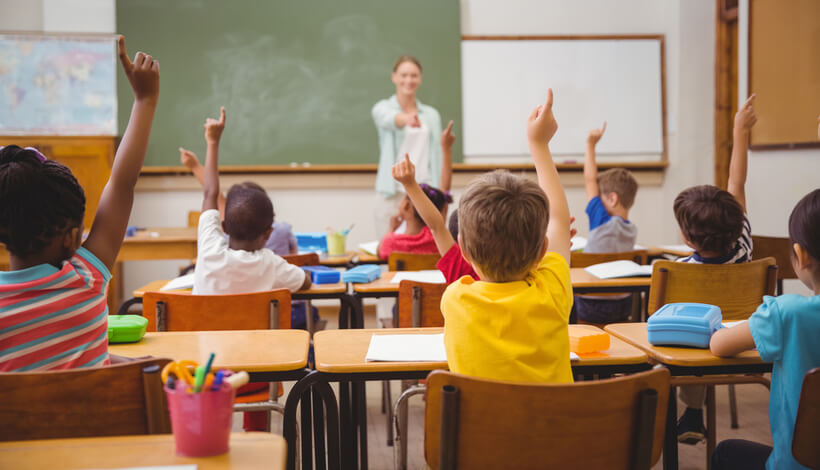Our Unpleasant Truths | Will Richardson series:
“Collecting data on human learning based on children’s behavior in school is like collecting data on killer whales based on their behavior at Sea World.”
~ Carol Black, A Thousand Rivers.
That quote ranks as one of the most profound sentences I’ve read about education in the last 10 years. And it suggests the most unpleasant truth of all for educators who are thinking seriously about reimagining schools for an uncertain future:
Schools were not built for learning.
Learning is one of the most natural things that human beings do. We do it so often that we rarely realize we’re doing it. Babies start learning almost the moment they are born, and we learn in varying ways and degrees until the day we die. Even death itself is a learning experience.
Schools, on the other hand, are not found in nature. They are an invention, an experiment in “educating” our youth. They come with an assumption, that if we send kids to school…


